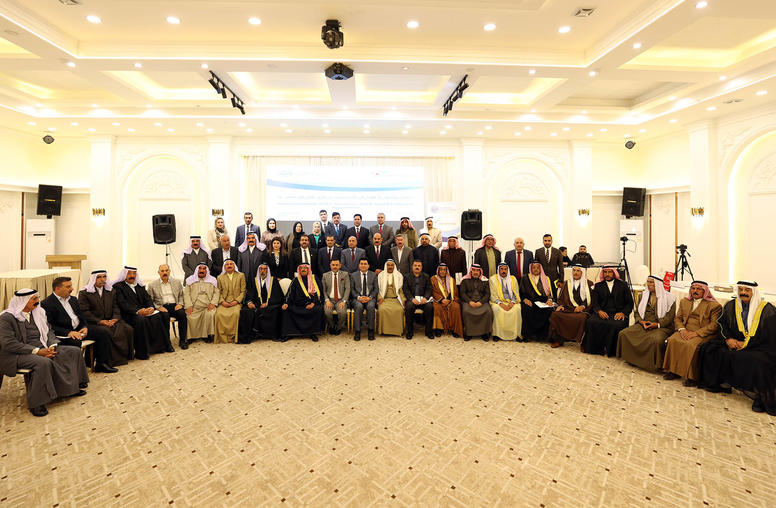Preventing Media Incitement to Violence in Iraq
Iraqi media stakeholders have identified media incitement to violence as a crucial issue, especially during election periods. As a result, USIP’s Center of Innovation for Media, Conflict and Peacebuilding convened a conference on September 25-26, 2009 to explore the complex issue and to identify specific action points for mitigating inflammatory coverage in Iraq.
Summary
The monitoring of Iraqi media reveals that inflammatory coverage does not necessarily consist of a direct call to violence, but instead takes the form of indirect or coded terminology that still has dangerous potential to foment conflict.
- Current regulatory and self-regulatory efforts designed to prevent media incitement to violence have, thus far, been insufficient.
- Lessons learned from post-conflict Bosnia, Kosovo and Sri Lanka can assist Iraqis in creating their own legal and self-regulatory mechanisms to limit inflammatory media coverage.
- There are a wide range of measures to mitigate inflammatory media coverage, including targeted training for media and government officials, broad support for a professional code of conduct, a full review of existing legislation relating to incitement, and the creation of a lexicon of inflammatory terms with guidelines for the proper use of these terms.
About This Brief
Iraqi media stakeholders have identified media incitement to violence as a crucial issue, especially during election periods. As a result, USIP’s Center of Innovation for Media, Conflict and Peacebuilding convened a conference on September 25-26, 2009 to explore the complex issue and to identify specific action points for mitigating inflammatory coverage in Iraq. This brief documents the findings of that conference. The event was managed by Theo Dolan, program officer with the Center of Innovation for Media, Conflict and Peacebuilding and the author of this report, along with partners at a business consultant firm, Albany Associates, and USIP staff in Iraq.



